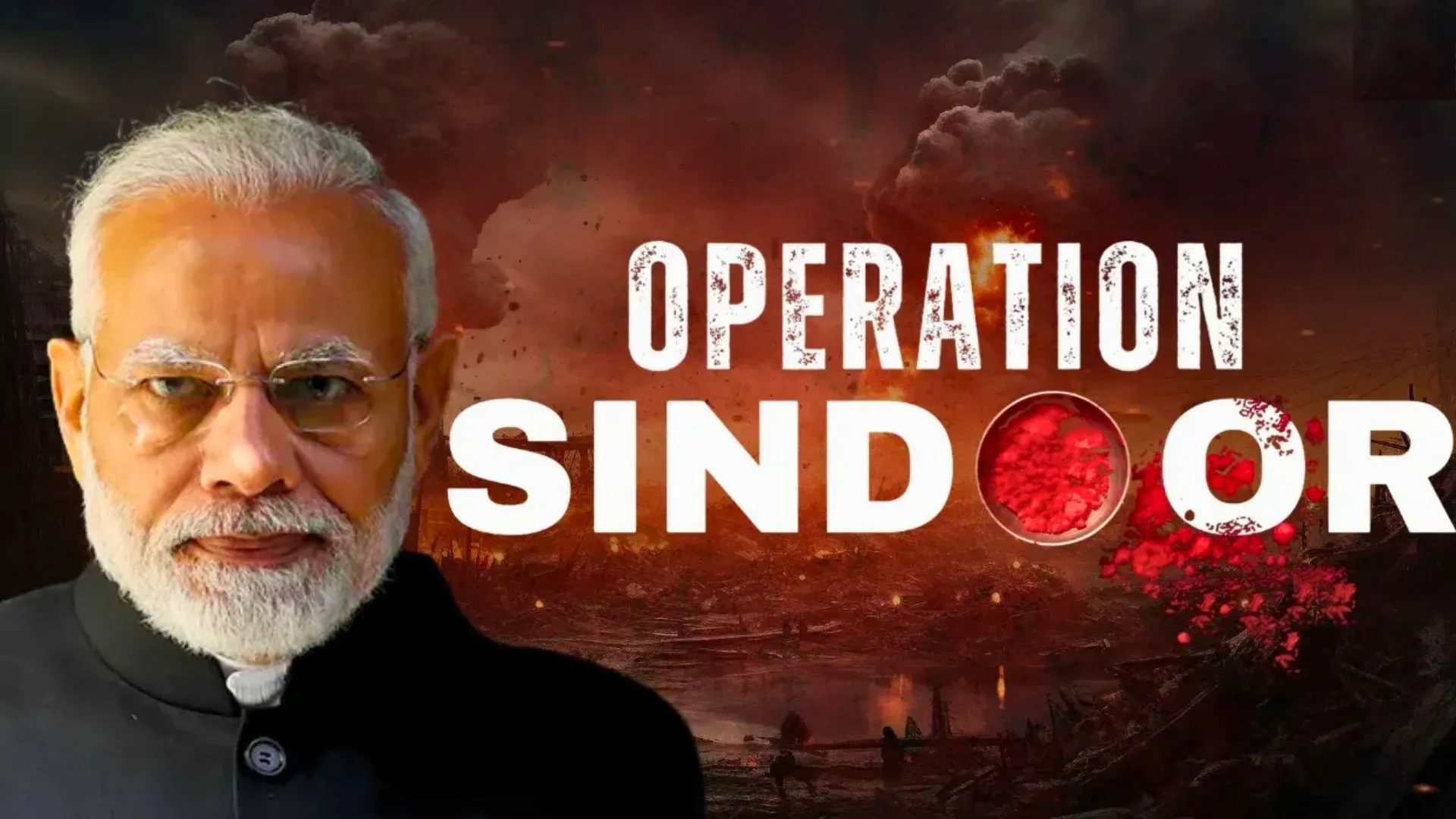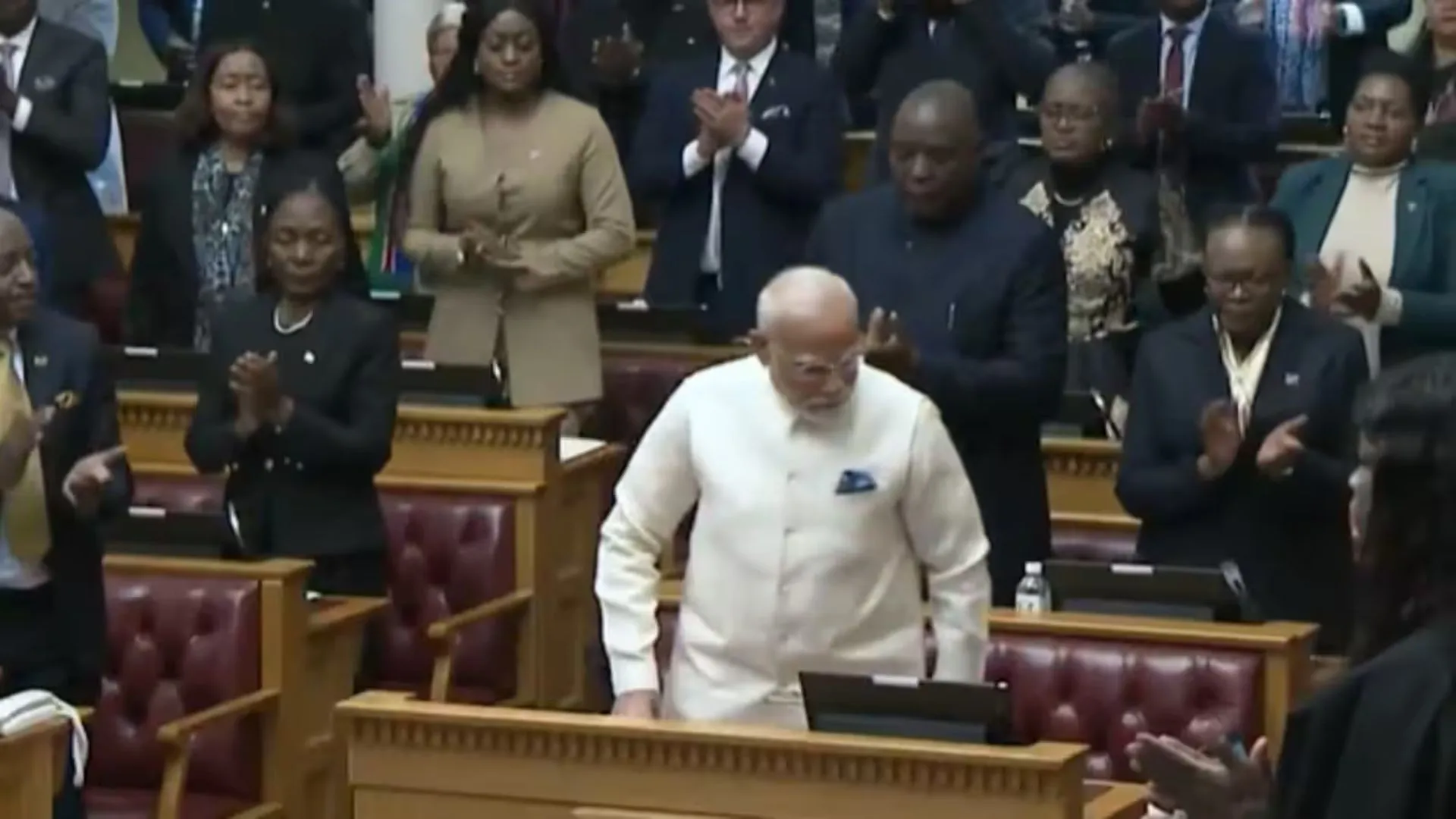On May 7, 2025, India launched Op Sindoor, a bold military attack on terror infrastructure in Pakistan and Pakistan-occupied Kashmir (PoK). This firm response came after the April 22 Pahalgam attack, in which 26 civilians, including a Nepalese citizen, were killed.
But more than retaliation, Op Sindoor marked India’s significant change in military strategy. It represented the actual field deployment of future theatre commands and the Integrated Battle Groups (IBGs) theory—both top changes to induce India’s military forces to become swifter, better-coordinated and lethal in short, precision-targeting missions.
Pahalgam Massacre: Brutal Trigger
On April 22, terrorists targeted tourists in Pahalgam and killed 26 innocent people. Lashkar-e-Taiba (LeT)-affiliated The Resistance Force initially took responsibility, but later withdrew it. India followed digital clues to Pakistani handlers.
The brutality of the attack led to outrage across the country. PM Narendra Modi described it as “a gruesome face of terror,” and vowed a robust response. The government quickly approved military action.
Operation Sindoor: Strategy and Execution
India attacked nine large terrorist camps in PoK and Pakistan targeting organizations such as LeT, JeM and Hizbul Mujahideen. The operation killed more than 100 terrorists, among them Yusuf Azhar, a senior JeM commander and nephew of Masood Azhar. India also attacked major military facilities in Rafiqui, Murid, Chaklala, and Rahim Yar Khan with air and missile strikes.
This action caused massive destruction and caused disruptions to enemy supply lines. Indian fighter platforms such as Rafales, Mirage 2000s, Su-30MKIs and BrahMos missiles took the front, supported by ISR technology, drone reconnaissance, and cyber warfare.
New Military Doctrine: Theatre Commands and IBGs
Despite being reactive, Operation Sindoor has shown that India’s new setup is in place. Theatre Commands integrated – already in finalisation stages – will rationalise decision-making by clubbing Army, Navy and Air Force forces under one commander. The Western Theatre Command will take care of Pakistan threats, with others such as the Maritime and Northern Commands tasked with China and maritime security.
India is also implementing IBGs—self-sufficient, mobile 5,000–7,000-strong brigades. The units can deploy in 12–48 hours. Designed to suit specific geography, IBGs have infantry, artillery, armor, and air defence—best suited for quick, high-technology operations against hostile borders. Although not comprehensively deployed during Operation Sindoor, their prospective role is clear now.
Network-Centric Warfare and Indigenous Power
The operation exemplified India’s jump to network-centric warfare. Real-time intelligence, signal tracking, cyber interference, and precision targeting caused minimal collateral damage.
India’s Make in India project also contributed, with indigenous-built systems boosting strategic autonomy. PM Modi referred to Operation Sindoor as “our unflinching commitment to justice.”
Strategic Impact: Domestic and Global Ripples
Domestically, Op Sindoor brought the country together. Morale in the public surged. Internationally, nations such as France, US, and Australia stood by India’s right of self-defence. Pakistan, hard hit and diplomatically isolated, sought a ceasefire after its retaliatory strikes were foiled by Indian air defences.
India also gave China a firm signal of being ready to respond across theatres if attacked.
From Response to Reform
India will operationalize theatre commands in full by 2026, supported by increased IBGs and increased joint exercises with friends such as France, US, and Japan. Indigenous defense manufacturing will increase, minimizing imports and providing strategic depth.
PM Modi stated, “This is not an era of war, but nor is it an era of terrorism.” Operation Sindoor is not merely a military operation—it is a transition to precision, speed and combined power. It is the strong stance by India that terror and diplomacy cannot co-exist, and it marks the arrival of a military strategy based on preparation, rather than retaliation.





















